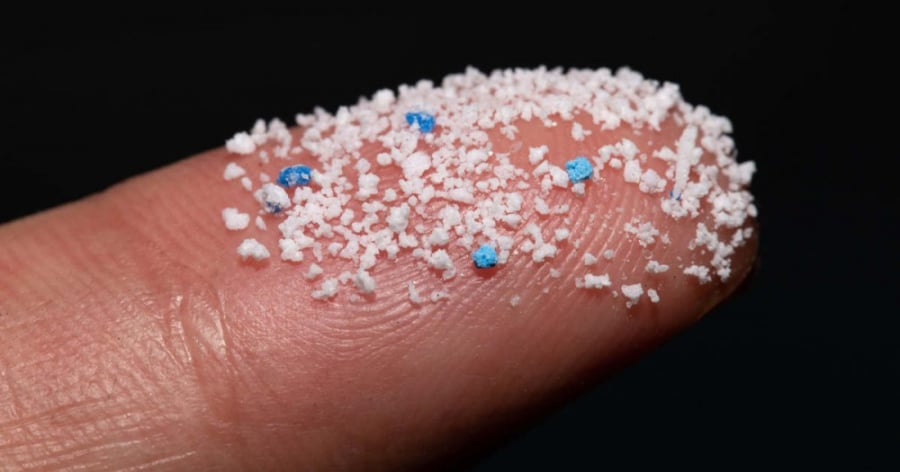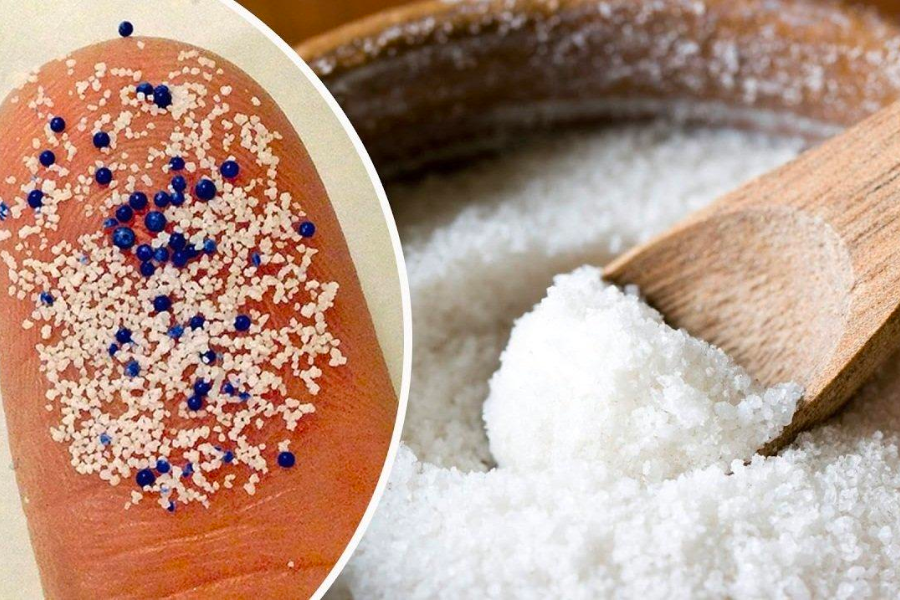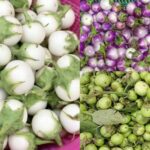In August 2024, a study conducted by the environmental organization Toxics Link in India revealed that packaged salt and sugar are not exempt from microplastic infiltration.
The organization tested for the presence of microplastics in salt and sugar, and the results showed that all brands in India—from large to small, packaged to unpackaged, purchased online or from local markets—contained microplastic particles smaller than 5mm.
A more concerning finding from the study was the higher concentration of microplastics found in iodized salt, with the microplastics appearing as thin fibers and multicolored films.
The study tested 10 types of popular salt, including table salt, crystal salt, sea salt, and local crude salt, along with 5 samples of sugar purchased online and from markets. Of these, only 2 salt samples and 1 sugar sample were unbranded. Out of the 10 salt samples tested, 3 were packaged iodized salt, 3 were crystal salt (including two organic brands), 2 were sea salt, and 2 were from local producers.

A more concerning finding was the higher concentration of microplastics found in iodized salt, appearing as thin fibers and multicolored films.
What’s in the Salt?
Salt, an essential component in most meals, plays a crucial role in maintaining the body’s ion balance and also serves as an effective preservative. Moreover, salt is used in various industrial sectors, from cosmetics to personal care and pharmaceutical products. Salt is harvested from diverse sources such as salt lakes, salt rocks, and brine wells.
Studies have indicated that the level of microplastics (number of pieces per kg of dry weight) in salt varies significantly, ranging from 6.71 to 89.15 pieces/kg. Specifically, iodized salt had the highest microplastic content with 89.15 pieces/kg, while organic rock salt contained only 6.70 pieces/kg. Notably, packaged iodized salt brands tended to have higher contamination levels than others. Overall, iodized salt tended to contain more microplastics, while rock salt had lower levels, except for some specific inorganic samples.
The colors of microplastics help identify their origin, with black plastic often associated with food packaging, and clear plastic linked to single-use bags. The variation in colors also indicates aging due to light exposure, which affects aquatic life as some fish tend to favor red, green, and yellow microplastics.
In the iodized salt samples, a total of 5 different colors were identified. White was the most prevalent at 38.53%, followed by clear at 33.02%, blue at 14.67%, red at 8.25%, and black at 5.5%.

The colors of microplastics help identify their origins, with black associated with food packaging and clear plastic linked to single-use bags.
What About the Sugar?
Studies have shown varying levels of microplastic contamination across different sugar samples. Out of the 5 samples tested, the highest concentration of microplastics ranged from 68.25 pieces/kg to 11.85 pieces/kg.
The majority of microplastics found were sized between 0.1-0.3mm. Among these, fibers accounted for the highest proportion, making up 95.65% of the total microplastics detected. This was followed by pellets and films. Altogether, within the sugar samples, 7 colors of microplastics were identified, including clear ones.
Health Risks of Microplastics: From Cardiovascular Issues to Brain Aneurysms
The study highlighted: “This is a highly significant finding as microplastics are being detected in various parts of the human body, including the lungs, blood, and digestive system.” This raises serious health concerns due to their potential toxicity and inflammatory effects.
While the exact impact of these microplastics and associated chemicals on human health is not yet fully understood, their widespread presence underscores the urgent need for further research into their long-term effects. Recent studies suggest that microplastics may increase the risk of conditions like oxidative stress, which can lead to cell damage, inflammation, and cardiovascular issues.
Animal studies have also linked microplastics to a range of problems, including reduced fertility, certain types of cancers, disruptions in the endocrine and immune systems, and cognitive functions such as learning and memory. In a study published online by the National Institute of Health in India, researchers found a concerning accumulation of microplastics in brain tissue samples.
Autopsy examinations of the liver, kidneys, and brain revealed the presence of microplastics in all these organs, with 91 brain samples showing significantly higher concentrations—approximately 10 to 20 times higher than in the other organs. Out of the 24 brain samples collected in early 2024, microplastics accounted for roughly 0.5 percent of the tissue weight. The study described the brain as “one of the most microplastic-polluted tissues ever investigated.”
3 Bad Habits That Turn Eggplants From Superfood to Super-toxic: Uncover the Right Way to Enjoy This Delicious Veggie
“Cà pháo, a versatile vegetable that stars in countless culinary delights, especially the iconic cà pháo muối, a staple in traditional Vietnamese meals. However, unbeknownst to many, improper consumption of this vegetable can lead to potential health hazards. Discover the hidden dangers lurking beneath the enticing flavors of cà pháo and learn how to navigate its consumption safely.”







































